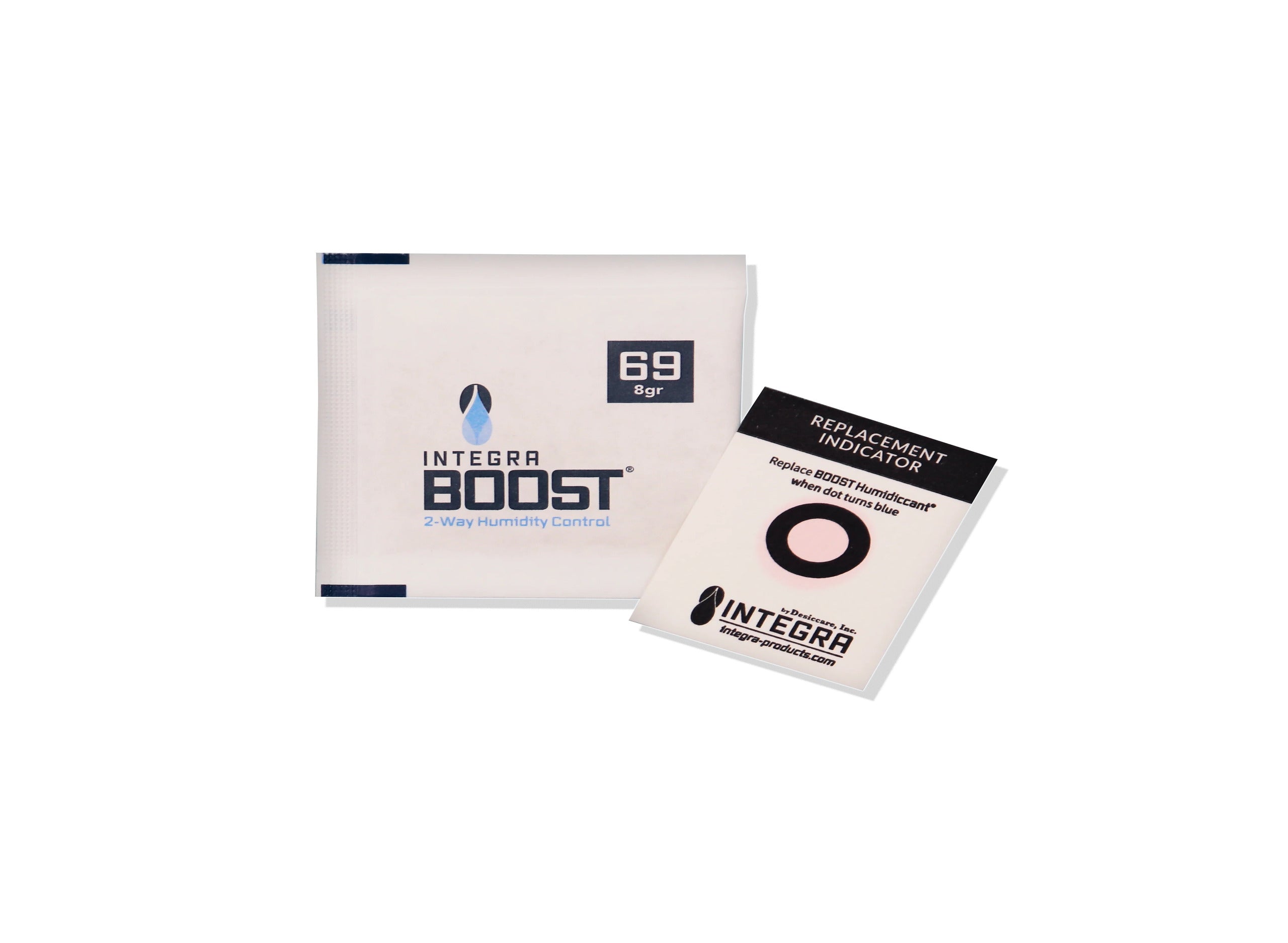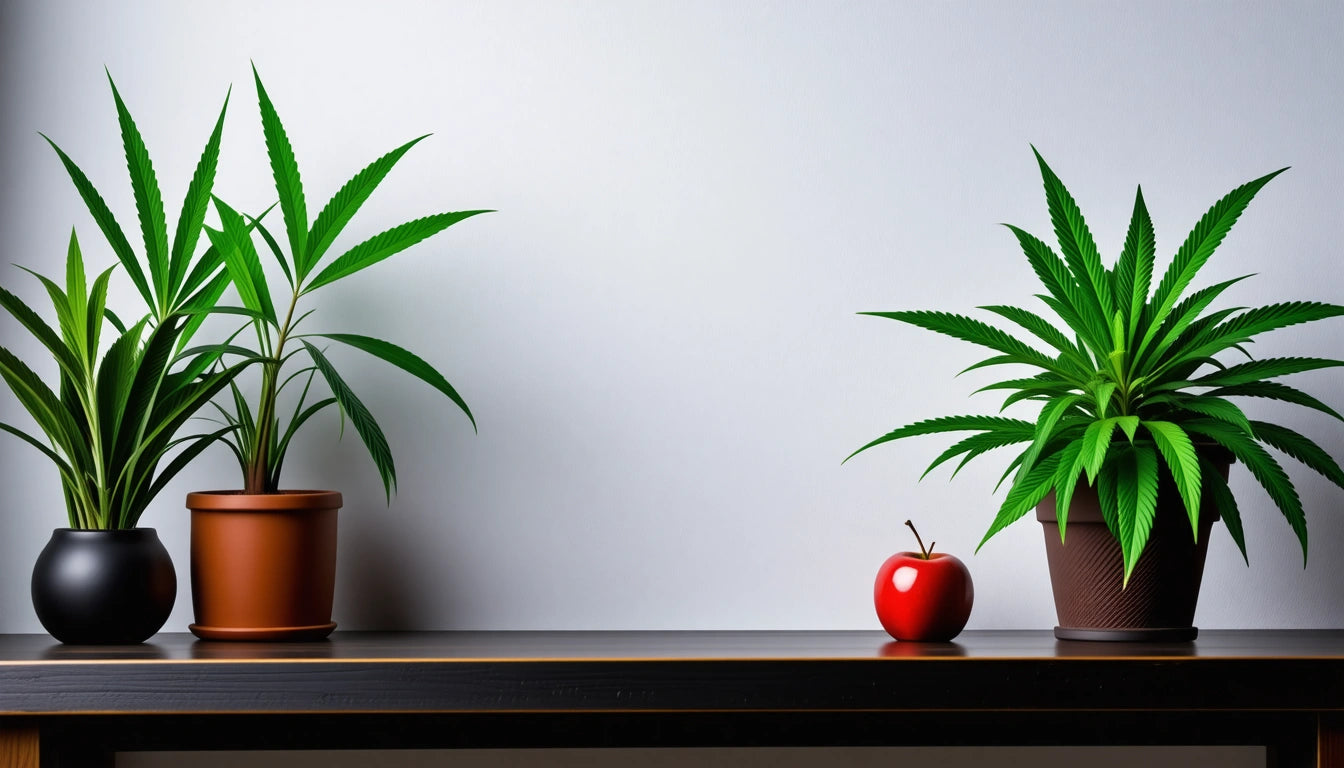Table of Contents
Sustainable packaging has evolved from a nice-to-have feature to a critical component of brand identity in the cannabis industry. As environmental concerns grow among consumers, brands that prioritize eco-friendly packaging solutions gain competitive advantages in market positioning, customer loyalty, and even operational efficiency.
Consumer Demand for Sustainable Packaging
Research consistently shows that modern consumers prioritize sustainability in their purchasing decisions. According to consumer demand studies, over 70% of cannabis consumers consider sustainable packaging important when making product choices. This preference is particularly strong among millennial and Gen Z demographics, who represent growing market segments with significant purchasing power.
The cannabis industry faces unique scrutiny regarding packaging waste. With statistics showing that cannabis packaging contributes millions of pounds of plastic waste annually, consumers are increasingly seeking brands that demonstrate environmental responsibility.
Balancing Sustainability and Compliance Requirements
One of the greatest challenges for cannabis brands is balancing sustainability goals with regulatory compliance. Child-resistant packaging requirements present particular challenges, as safety regulations for packaging often necessitate materials and designs that traditionally weren't environmentally friendly.
The good news is that innovative solutions continue to emerge that satisfy both requirements. As outlined in this comprehensive guide, brands can now choose from several options that maintain child-resistance while reducing environmental impact.
Eco-Friendly Materials That Enhance Brand Perception
The materials you choose for packaging directly impact how consumers perceive your brand. Several eco-friendly options have proven effective in cannabis applications:
- Hemp-based plastics and papers that connect the packaging to the product
- Ocean-recovered plastics that tell a compelling sustainability story
- Plant-based PLA (polylactic acid) that offers biodegradability
- Recycled paper and cardboard with certification from sustainable forestry initiatives
- Glass containers that emphasize premium quality and reusability
Understanding the differences between various sustainable options is crucial. For instance, compostable versus recyclable materials offer different benefits and limitations that should align with your brand positioning and customer behaviors.
Communicating Sustainability Without Greenwashing
Effectively communicating your sustainability initiatives requires transparency and authenticity. Consumers have become increasingly savvy about detecting greenwashing, where environmental benefits are exaggerated or misleading.
To build genuine trust:
- Seek third-party certifications that validate your claims
- Be specific about materials, sourcing, and end-of-life options
- Educate consumers on proper disposal methods
- Share your sustainability journey, including challenges
Brands that communicate honestly about their sustainability efforts build stronger connections with consumers who appreciate transparency.
Implementation Strategies for Sustainable Packaging
Transitioning to sustainable packaging requires strategic planning. Consider these implementation approaches:
Phased Implementation
Rather than overhauling all packaging at once, consider a phased approach that allows for testing and refinement. Begin with your highest-volume products or those with the most problematic current packaging.
Supplier Partnerships
Develop relationships with suppliers who share your sustainability values. Ask potential vendors about their own environmental practices, material sourcing, and innovation roadmaps.
Consumer Education
Implement programs to educate consumers on proper disposal of your packaging. QR codes linking to detailed recycling instructions can be particularly effective.
Cost Management
While sustainable options often carry premium costs, strategies exist to maintain margins while implementing eco-friendly packaging. These include design optimization to reduce material usage, bulk purchasing, and positioning sustainability as a premium feature.
Measuring ROI on Sustainable Packaging Investments
The return on investment for sustainable packaging comes through multiple channels:
- Brand differentiation in a crowded marketplace
- Customer loyalty from environmentally conscious consumers
- Positive media coverage and social sharing
- Potential regulatory advantages as environmental regulations tighten
- Cost savings through reduced materials and optimized shipping
Leading brands have demonstrated these benefits. Case studies of successful implementations show that companies embracing sustainable packaging often see enhanced brand perception, increased customer engagement, and measurable sales growth.
By prioritizing sustainable packaging solutions that align with both regulatory requirements and brand values, cannabis companies can position themselves as industry leaders while contributing to environmental solutions. The investment in sustainable packaging isn't just good for the planet, it's increasingly essential for brands seeking long-term market success.











Leave a comment
All comments are moderated before being published.
This site is protected by hCaptcha and the hCaptcha Privacy Policy and Terms of Service apply.